H.Jauss’s “reception theory” ( “Aesthetic Experience and Literary Hermeneutics”) announced the aimlessness of aesthetic feeling and art’s aim being its own development. Aesthetic experience is aimless and brings joy, and Frieze London Art Fair excels at this. However, despite this philosophical category, modern art is set up for sale, and the galleries design the marketing mix and use public relations tools to promote their artists.
Part of the public relations is the news stories. Frieze London Fair 2018 stories included: women-only presentations, feminist conceptualists, Caty Wilke’s art (who will represent Britain at Venice Biennale 2019), and performance artist Alex Baczynsky-Jenkins winning the Frieze London Artist Award 2018.
“White Cube” gallery, well-known for promoting Young British Artists (YBAs) before, now shows Chinese artist Liu Wei, and “Pace” is showing Yiung Xiuzhen and Song Dong from China.
Tatiana Trouve, George Baselitz, Bruce Nauman are, as always, at the center of attention of curators and critics. Tatiana Trouve’s “Shaman”, 2018 sculpture deals with the belief in the reality of artistic illusion. This fiction-like sculpture, made of bronze, marble, concrete, steel, and water, imitates a ready-made or found object. Pure artistic production, fictional discourse, heresy – it creates a dialogue with the spectator.
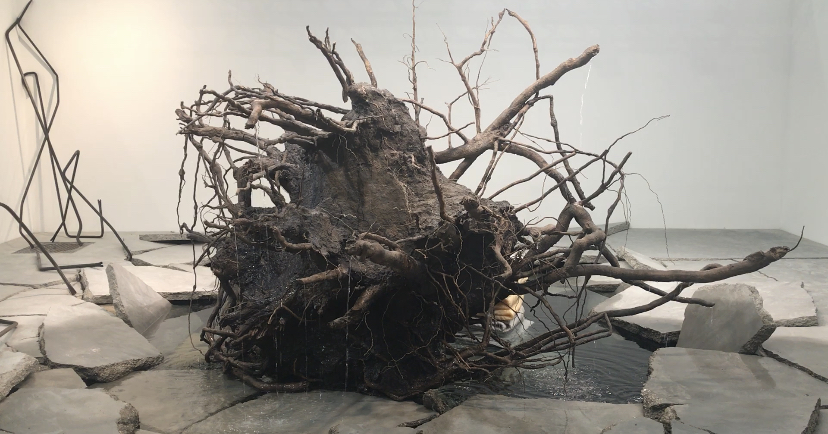
Art Masters Summit Review
Frieze London Art Fair 2018 expanded its space of discursive practices. During the Freize week the first edition of The Art Masters Summit art talks was held in partnership with The Courtauld Institute of Art.
Below is a panel discussion including Alan Day (Deputy Head of Corporate Banking), Lisa Schiff (Founder & President, Schiff Fine Art), Andrea Danese (CEO and President, Athena Art Finance), Beth Greenacre (Art Consultant and Curator, David Bowie Collection, 2000 – 2016) talking about the ecology of the art market.
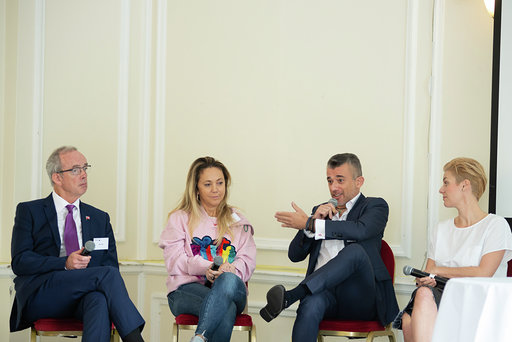
Modern urban art space with artists like Banksy and his dematerialized artworks, with avatars as the new artistic subjectivity, with fictional artists such as Claire Fontaine, etc. is very different to the art space of the Salons of the past. The London Art Masters Summit invites a panel of curators to discuss new types of artworks, that use AI algorithms.
Below is a panel comprised of Helen Disney, Britain Blockchain Association, CEO Unblocked Events, Mattis Curth, co-founder Artland, Luba Elliott, curator, artist and researcher, and Jess Houlgrave, co-founder of Codex Protocol.
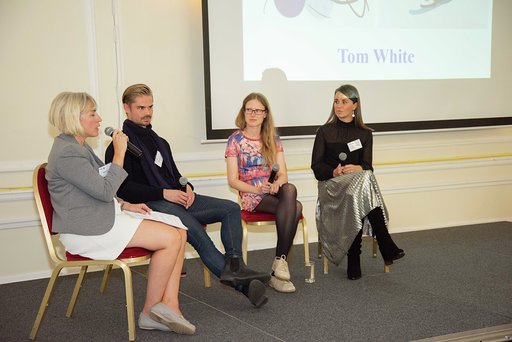
Jess Houlgrave: “I thought the Art Masters Summit was a great event bringing together a variety of sophisticated art world entrepreneurs, enthusiasts and collectors to discuss the future of the ecosystem. I am a big believer that education and dialogue is key to understanding, designing and implementing new technological solutions that can benefit the art world and so it was a pleasure to see topics such as AI and blockchain alongside wealth management and new collectors”.
“Blockchain is a technology for which there are many applications. Even within the art ecosystem it’s uses range from being a subject matter or medium for artists, through to documenting provenance or even enabling securitization of physical assets by virtue of being able to issue bearer assets on a blockchain.”
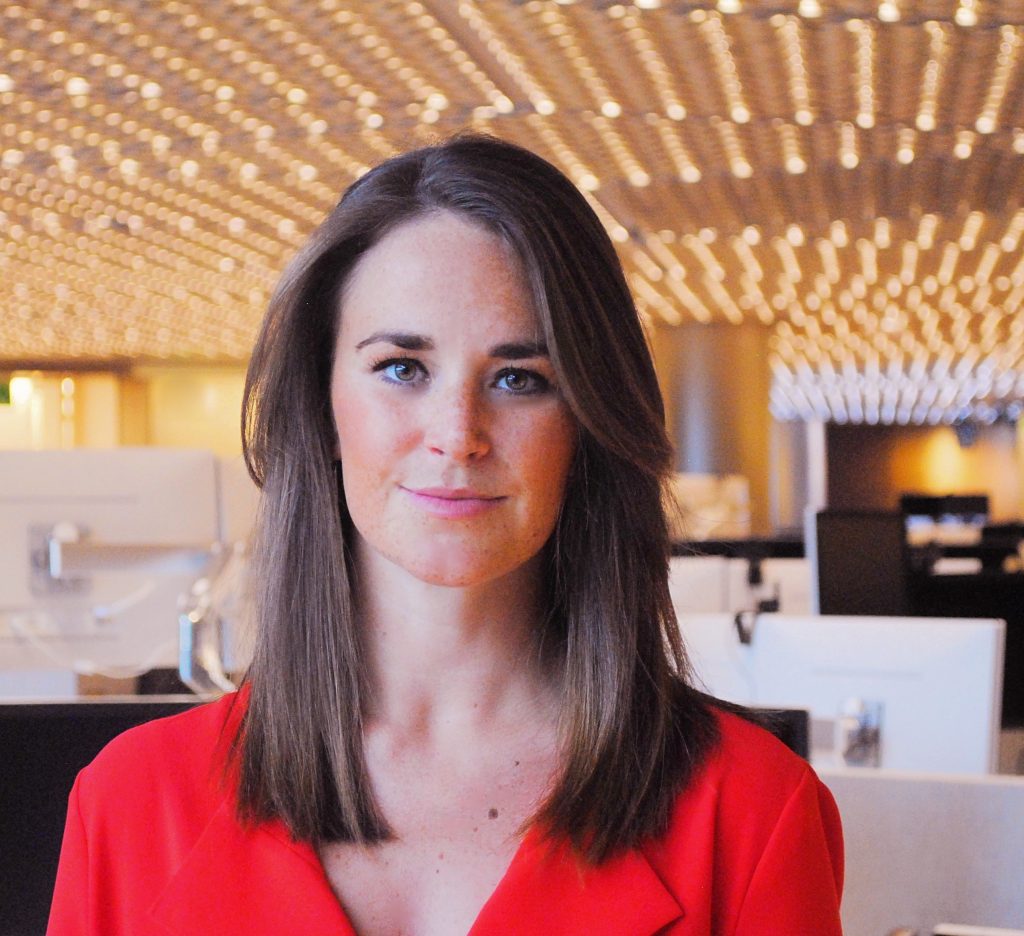
Luba Elliott: “I participated on a panel around art and technology with my focus on AI art. From my perspective, AI can be used to help generate new images, texts or sounds based on a chosen dataset, which the artist can use as the final work, for inspiration or as a component of a larger piece. There are plenty of opportunities in the wider art industry too, from using recommendation systems to improve art discovery to analysing brushstrokes for authentication purposes or creating personalised art on demand based on your data.”
“Artists use AI algorithms to draw images, while art businesses can rely on image recognition to recommend artworks. I believe personalized art will be popular in the future, e.g. music composed based on heartbeat.”
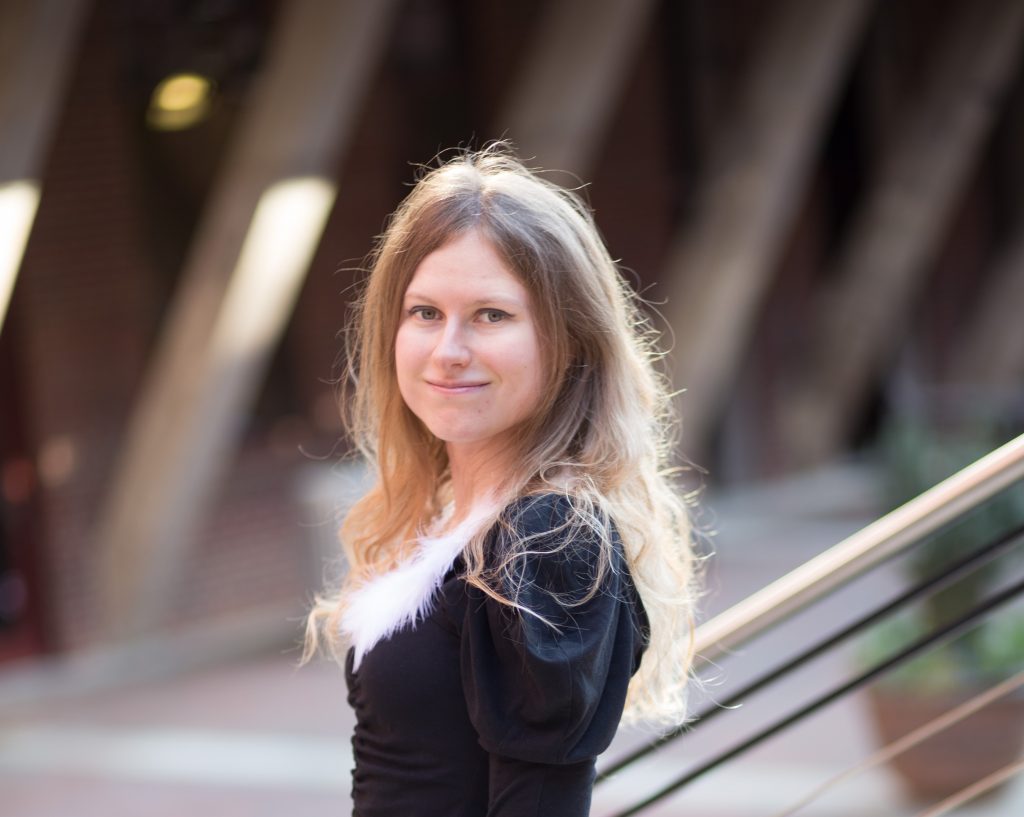
Written by: Irina Vernichenko

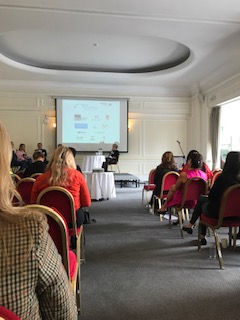
Comments